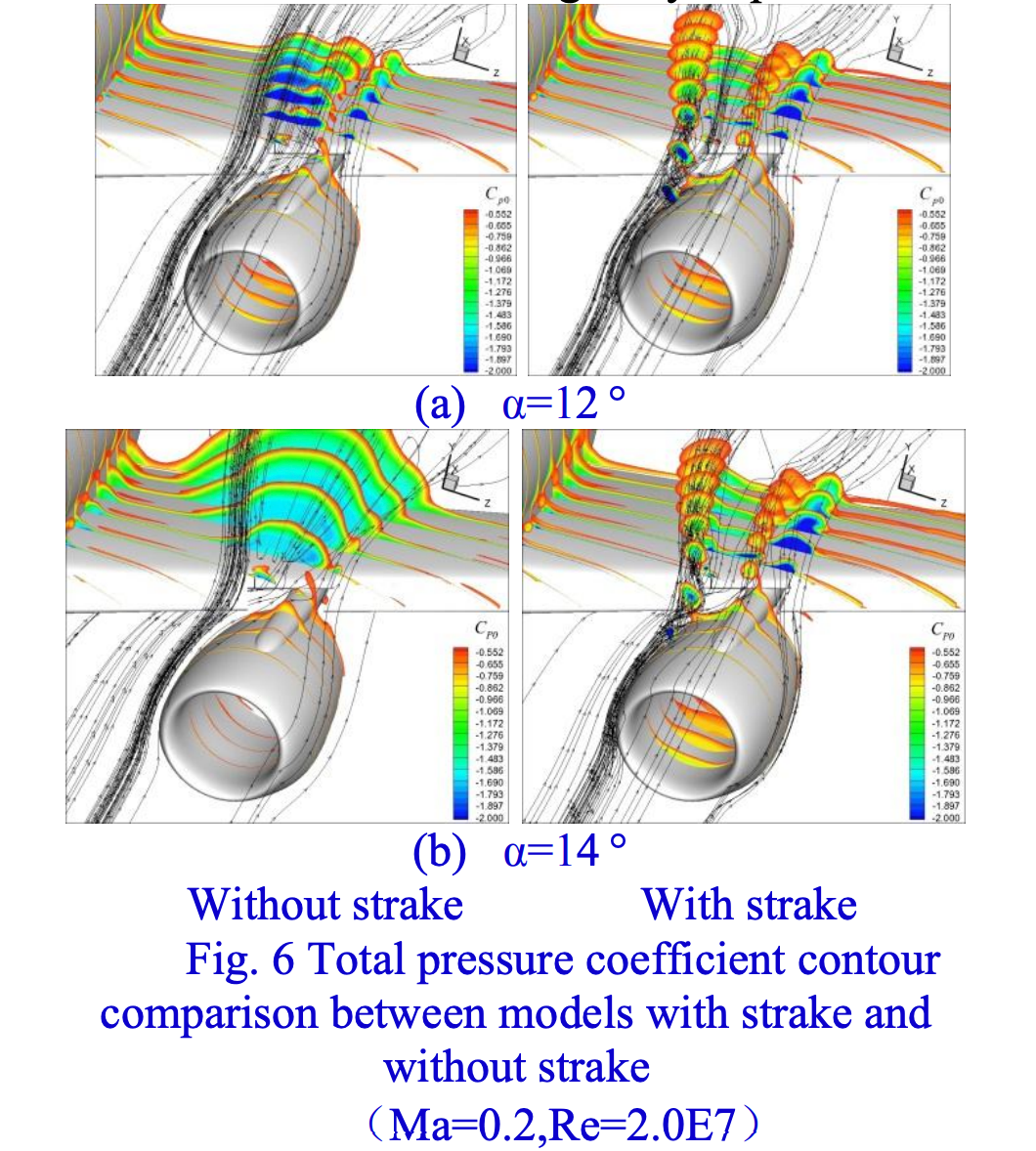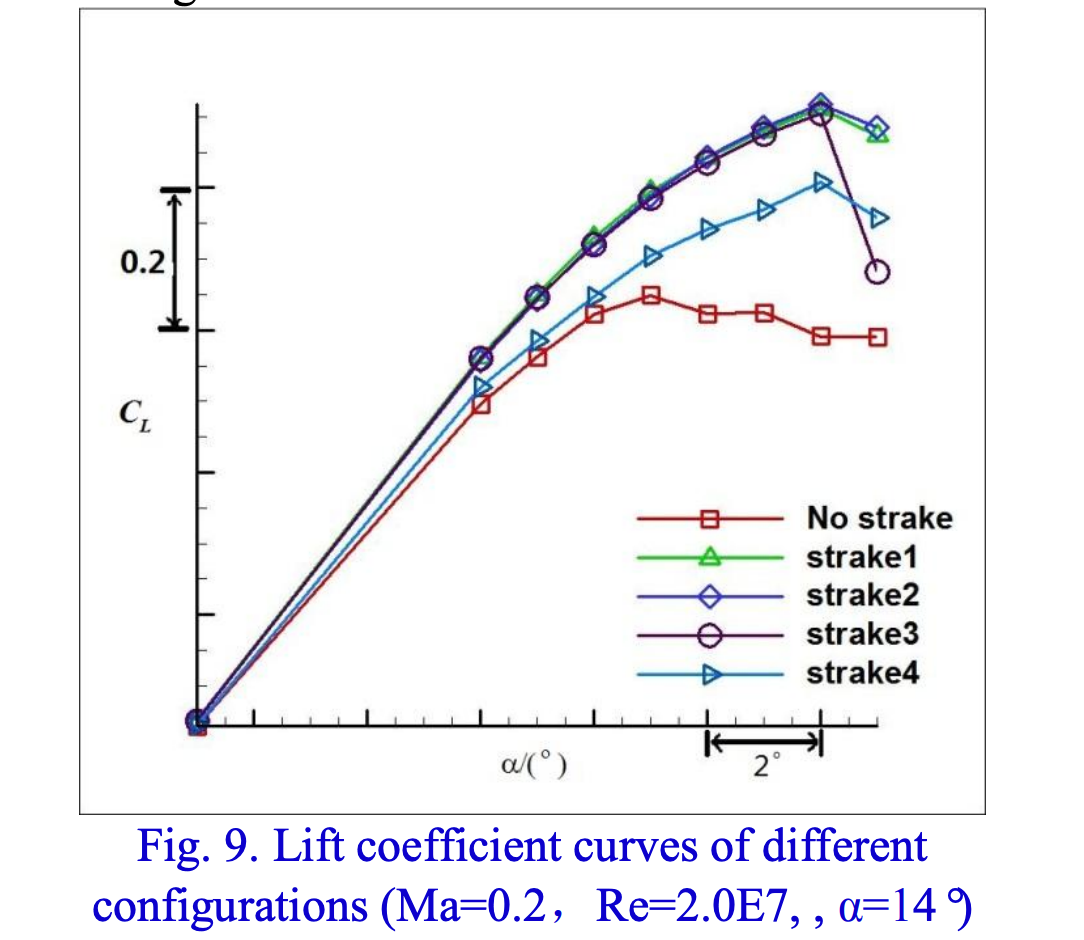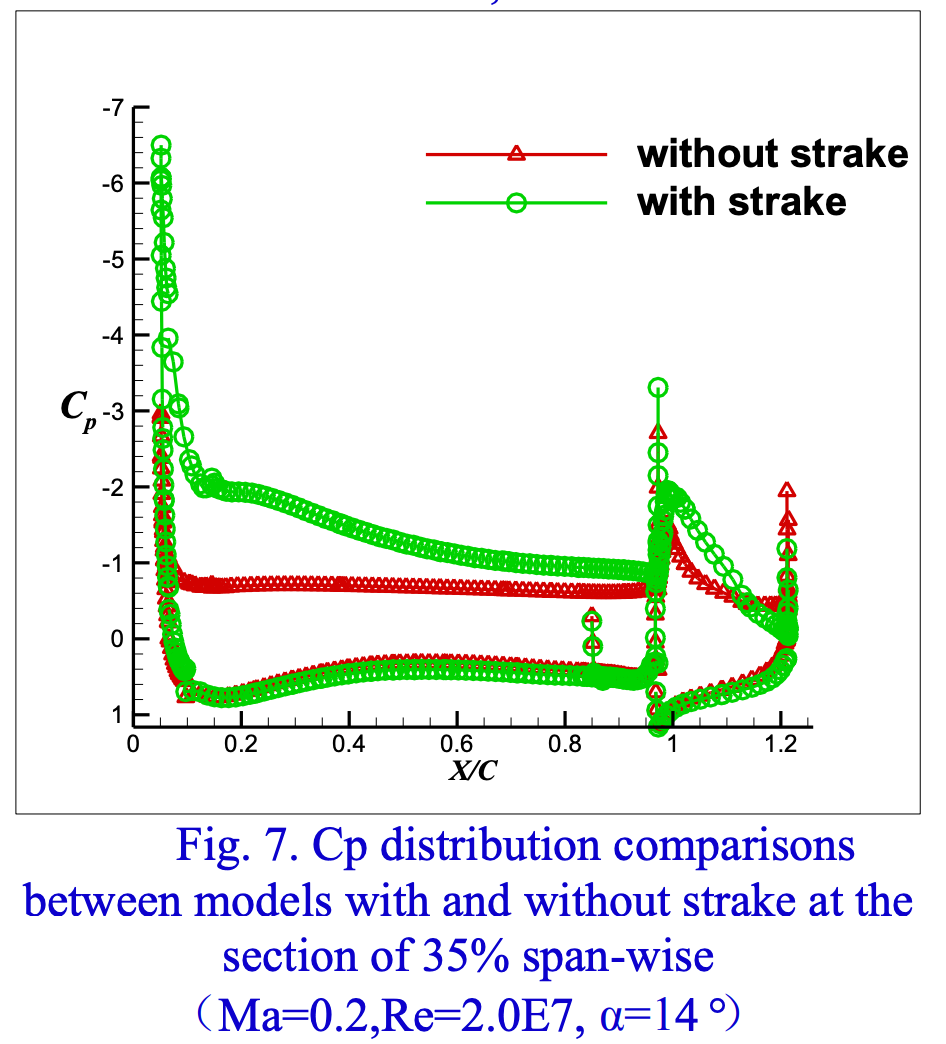Boeing, and FAA oversight
Dave, similar forces but not necessarily the same. Consider the aerodynamic influences of wing tip changes, and the 'MCAS issues' of thrust, engine cowl and wing-pylon interface.
Whilst there should not be any mechanical increase, small but significant changes can arise from revised cable runs and pulleys, pressure bulkhead seals, etc.
If the NG was marginally acceptable, then a small change in the Max might not meet the certification requirements.
Whilst there should not be any mechanical increase, small but significant changes can arise from revised cable runs and pulleys, pressure bulkhead seals, etc.
If the NG was marginally acceptable, then a small change in the Max might not meet the certification requirements.
Join Date: Dec 2011
Location: Ottawa, Canada
Posts: 28
Likes: 0
Received 0 Likes
on
0 Posts
Join Date: Jan 2020
Location: 900m
Posts: 0
Likes: 0
Received 0 Likes
on
0 Posts
What would the adverse weather be?
https://www.aeroinside.com/item/1246...ult-of-weather
Other interesting issues here, a few engines, the door and the stowaway.
https://www.aeroinside.com/incidents...ing-737-800max
https://www.aeroinside.com/item/1246...ult-of-weather
Other interesting issues here, a few engines, the door and the stowaway.
https://www.aeroinside.com/incidents...ing-737-800max
On new build aircraft, the wiring for uninstalled options will often be deleted during build to save weight (wire bundles are not mass produced in the way that automotive wiring is). However it's not uncommon for wiring to be 'capped and stowed' when optional equipment is deactivated (often occurs when aircraft change hands and the new operator wants a standard configuration).
Join Date: Jan 2020
Location: 900m
Posts: 0
Likes: 0
Received 0 Likes
on
0 Posts
On new build aircraft, the wiring for uninstalled options will often be deleted during build to save weight (wire bundles are not mass produced in the way that automotive wiring is). However it's not uncommon for wiring to be 'capped and stowed' when optional equipment is deactivated (often occurs when aircraft change hands and the new operator wants a standard configuration).
It's tough enough to correctly fabricate and maintain bundles before installation with all the room of a factory floor - my experience is military ground vehicles up to 50 feet in length. Essentially remanufacturing the wiring post install in the confines of a fuselage is asking for nearly innumerable defects.
Running a wire all by itself alongside an existing bundle is a bad idea as it will easily move and chafe and fatigue or wear through, allowing short circuits or corrosion.
Join Date: Jan 2020
Location: 900m
Posts: 0
Likes: 0
Received 0 Likes
on
0 Posts
What the FAA wants isn't to remove an individual wire but to remove and reconfigure multiple wire bundles; apparently by re-looming the wires into entirely new bundles.
It's tough enough to correctly fabricate and maintain bundles before installation with all the room of a factory floor - my experience is military ground vehicles up to 50 feet in length. Essentially remanufacturing the wiring post install in the confines of a fuselage is asking for nearly innumerable defects.
Running a wire all by itself alongside an existing bundle is a bad idea as it will easily move and chafe and fatigue or wear through, allowing short circuits or corrosion.
It's tough enough to correctly fabricate and maintain bundles before installation with all the room of a factory floor - my experience is military ground vehicles up to 50 feet in length. Essentially remanufacturing the wiring post install in the confines of a fuselage is asking for nearly innumerable defects.
Running a wire all by itself alongside an existing bundle is a bad idea as it will easily move and chafe and fatigue or wear through, allowing short circuits or corrosion.
Join Date: Apr 2015
Location: Under the radar, over the rainbow
Posts: 788
Likes: 0
Received 0 Likes
on
0 Posts
Issues like this one are clearly going to be met by harder looks and more rigid responses at the FAA than previously. Positioned between the US manufacturer and the other CAAs of the world is a less comfortable position that it once was. Boeing has significantly shaken the world's confidence in its trustworthiness and the consequences are already expensive and painful.
Join Date: Apr 2015
Location: Under the radar, over the rainbow
Posts: 788
Likes: 0
Received 0 Likes
on
0 Posts
Join Date: Dec 2015
Location: Cape Town, ZA
Age: 62
Posts: 424
Likes: 0
Received 0 Likes
on
0 Posts
This article says things out loud which many of us suspected a year ago, and explains them in a way which is much clearer than some of the mainstream coverage. It also addresses several points about the B737 MAX and MCAS, which I have not seen, despite reading the many thousands of posts on this forum.
WOW, WOW, WOW!
This article says things out loud which many of us suspected a year ago, and explains them in a way which is much clearer than some of the mainstream coverage. It also addresses several points about the B737 MAX and MCAS, which I have not seen, despite reading the many thousands of posts on this forum.
This article says things out loud which many of us suspected a year ago, and explains them in a way which is much clearer than some of the mainstream coverage. It also addresses several points about the B737 MAX and MCAS, which I have not seen, despite reading the many thousands of posts on this forum.
Example: That the 737 MAX was unstable and MCAS corrects that instability. So far, all facts point to False. The 737 Max is stable and MCAS is not needed to correct instability. There are many others, but since it starts off with misinformation, it is not a good sign.
Quite a few of the astonishing items in that article are false. But it is written as a Gish Gallop, so an equally lengthy response is required to debunk them.
Example: That the 737 MAX was unstable and MCAS corrects that instability. So far, all facts point to False. The 737 Max is stable and MCAS is not needed to correct instability. There are many others, but since it starts off with misinformation, it is not a good sign.
Example: That the 737 MAX was unstable and MCAS corrects that instability. So far, all facts point to False. The 737 Max is stable and MCAS is not needed to correct instability. There are many others, but since it starts off with misinformation, it is not a good sign.
For the record, the strakes on the engine cowl are not fitted as an aid to stability, they make up for the decrement in CL at the higher AOA that arises from the interaction of the cowl flow and the wing with a close coupled cowl/wing design. The AOA that occurs at is high but all speeds for TO and landing are related to the stall speed, and therefore the decrement at stall impacts TO and landing requirements.
Indeed, as far as stability goes, they actually are slightly destabilising on a swept wing.... Why? Because... as AOA increases, the normal cowl will start to degrade flow conditions in the wake of the nacelle, (and a bit inboard...) and that lowers local CL. For the section it has a modest effect on Cm, but the overall geometry of losing CL inboard means that there is a shift of lift distribution span-wise towards the tip, and as the tips are swept... rearwards (makes the flutter stability nicerer) then there is an increase in nose down pitching moment as AOA increases. Yaay. That's nice. So. with the MAX-facktor, we get a biggerer effect from the interaction of the cowl, and the strakes were added... and that means we got a betterer CLmax, yaay, but it is destabilising. Fix MCAS, reset the strakes... add water and mix. Thats the aero fix, and you get a bit of a loss of performance for TO and LDG, which can be picked up with fun stuff on the TE of the flap, which also makes the wing work better in the cruise. Yet, here we are, 16 months into this debacle, awaiting a fix of a lousy software code and system architecture that could be removed completely with a hacksaw and some bondo. Now where did I put my bottle... its Miller time.
Simply put: for the restoration of CL that the strake give, you get rid of the natural negative Cm that occurs without them,... yet the program keeps them in place. Loopy $h[#.
[b]Happy pickky time:
Zhang, W., Chen, H., Zhang, Y., Fu, S., Chen, Y., Li, Y., and Zhou, T., “Numerical Research of the Nacelle Strake on a Civil Jet”, ICAS2012, 2012.



References cited in the above paper. The understanding on the effect of the strake goes back further than these to work in the mid 80's and early 90's. The improvement in CFD gives prettier pictures though. BTW, the same effect does occur on TP aircraft dependent on their cowl design, and a strake may improve CL at modest AOA, DLR has nice work on that recently giving a 10% increase in CL.
[1] Meredith P. T. Viscous Phenomena Affecting High Lift Systems and Suggestions for Future CFD Development. High-Lift Systems Aerodynamics. AGARD, CP 315, Sep. 1993, pp. 19-1~19-8.
[2] R. Rudnik. Stall Behaviour of the EUROLIFT High Lift Configurations. 46th AIAA Aerospace Sciences Meeting and Exhibit. AIAA Paper 2008-836, Reno, Nevada, January 2008.
[3] Harald Quix, Matthias Schulz and Jürgen Quest, et. al. Low Speed High Lift Validation Tests within the European Project EUROLIFT II. 25th AIAA Applied Aerodynamics Conference. AIAA Paper 2007-4298, Miami, FL, June 2007.
[4] H. Frhr. v. Geyr, N. Schade, J.W. v. d. Burg, et. al. CFD Prediction of Maximum Lift Effects on Realistic High Lift Commercial Aircraft Configurations within the European project EUROLIFT II . 25th AIAA Applied Aerodynamics Conference. AIAA Paper 2007-4299, Miami, FL, June 2007.
[5] Heinz Hansen, Peter Thiede, Frederic Moens, et. al. Overview about the European high lift research programme EUROLIFT. 42nd AIAA Aerospace Sciences Meeting and Exhibit. AIAA Paper 2004-767, Reno, Nevada, January 2004.
[6] R. Rudnik, H. Frhr. v. Geyr. The European High Lift Project EUROLIFT II –Objectives, Approach, and Structure. 25th AIAA Applied Aerodynamics Conference. AIAA Paper 2007-4296, Miami, FL, June 2007.
[7] Christopher L. Rumsey, Susan X. Ying. Prediction of high lift: review of present CFD capability. Progress in Aerospace Sciences. Vol. 38, pp 145-180, 2002.
[8] Jeffrey P. Slotnick, Judith A. Hannon, Mark Chaffin. Overview of the First AIAA CFD High Lift Prediction Workshop. 49th AIAA Aerospace Sciences Meeting including the New Horizons Forum and Aerospace Exposition. AIAA Paper 2011-862, Orlando, Florida, January 2011.
[9] HaiXin Chen, Song Fu, FengWei Li. Navier–Stokes Simulations for Transport Aircraft Wing/Body HighLift Configurations, JOURNAL OF AIRCRAFT, Vol. 40, No. 5,pp883-890, 2003.
[10] 1st AIAA CFD High Lift Prediction Workshop Gridding Guidelines, http://hiliftpw.larc.nasa.gov.
[11]Niko F. Bier, David Rohlmann, Ralf Rudnik. Numerical Maximum Lift Predictions of a Realistic Commercial Aircraft in Landing Configuration. 50th AIAA Aerospace Sciences Meeting including the New Horizons Forum and Aerospace Exposition. AIAA Paper 2012-279, Nashville, Tennessee, January 2012.
[12]Peter Eliasson, Pietro Catalano, Marie-Claire Le Pape, et al. Improved CFD Predictions for High Lift Flows in the European Project EUROLIFT II. 25th AIAA Applied Aerodynamics Conference. AIAA Paper 2007-4303, Miami, FL, June 2007.
[13]Masahiro Kanazaki, Yuzuru Yokokawa,Mitsuhiro Murayama,et al., Efficient Design Exploration of Nacelle Chine Installation in Wind Tunnel Testing. 46th AIAA Aerospace Sciences Meeting and Exhibit. AIAA Paper 2008-155, Reno, Nevada, January 2008.
[14]Yuzuru Yokokawa, Mitsuhiro Murayama, Masahiro Kanazaki, et al., Investigation and Improvement of High-lift Aerodynamic Performances in Lowspeed Wind Tunnel Testing. 46th AIAA Aerospace Sciences Meeting and Exhibit. AIAA Paper 2008-350, Reno, Nevada, January 2008.
[15]Yuzuru YOKOKAWA, Mitsuhiro MURAYAMA, Hiro-shi UCHIDA, et al., Aerodynamic Influence of a Half-Span Model Installation for High-Lift Configuration Experiment. 48th AIAA Aerospace Sciences Meeting Including the New Horizons Forum and Aerospace Exposition. AIAA Paper 2010-684, Orlando, Florida, January 2010.
[16]Zhang Y., Chen H., Fu S., Improvement to Patched Grid Technique with High-Order Conservative Remapping Method, JOURNAL OF AIRCRAFT, Vol. 48, No. 3, pp. 884-893,2011.
[17]Zhang Yufei, Chen Haixin, Zhang Wensheng, et al., Wing/engine integrated optimization based on Navier-Stokes equations. 50th AIAA Aerospace Sciences Meeting including the New Horizons Forum and Aerospace Exposition. AIAA Paper 2012-1046, Nashville, Tennessee, January 2012.
[18]Zhang Yufei, Chen Haixin, Fu Song. A Karman Vortex Generator for Passive Separation Control in a Conical Diffuser. SCIENCE CHINA Physics, Mechanics & Astronomy, Vol.55, No. 5, pp. 828-836, 2012.
Last edited by fdr; 17th Feb 2020 at 11:24.
Psychophysiological entity
Yes, having read that, it rather coloured the rest of the article. (that was of course re #238 )
Join Date: Jun 2008
Location: Cambridge UK
Posts: 192
Likes: 0
Received 0 Likes
on
0 Posts
Quite a few of the astonishing items in that article are false. But it is written as a Gish Gallop, so an equally lengthy response is required to debunk them.
Example: That the 737 MAX was unstable and MCAS corrects that instability. So far, all facts point to False. The 737 Max is stable and MCAS is not needed to correct instability. There are many others, but since it starts off with misinformation, it is not a good sign.
Example: That the 737 MAX was unstable and MCAS corrects that instability. So far, all facts point to False. The 737 Max is stable and MCAS is not needed to correct instability. There are many others, but since it starts off with misinformation, it is not a good sign.
Based mainly on the views expressed by others on pprune: what facts? (Genuine question)
a) Boeing have gone to great lengths to deny instability. As far as I am aware they have not supplied any data to support the claim. There is no requirement for them to do so in the public domain, and commercial confidentiality may be involved.
b) Several certifying authorities may have explored stability. They aren't publishing the results, and possibly have an obligation not to.
c) A stable aircraft may be uncertifiable because of "feel" requirements. It seems possible that MCAS was introduced to address this issue. I cannot remember if B has commented on this.
d) MCAS looks awfully like a flight-envelop-restriction mechanism rather than a feel-augmentation one. Which doesn't make it an inappropriate way to meet the certification requirements.
So to an interested observer this looks like a factual vacuum -- at least in the public domain.
PS
At first sight I'm not too impressed with the article either (or the preceding software view paper).



